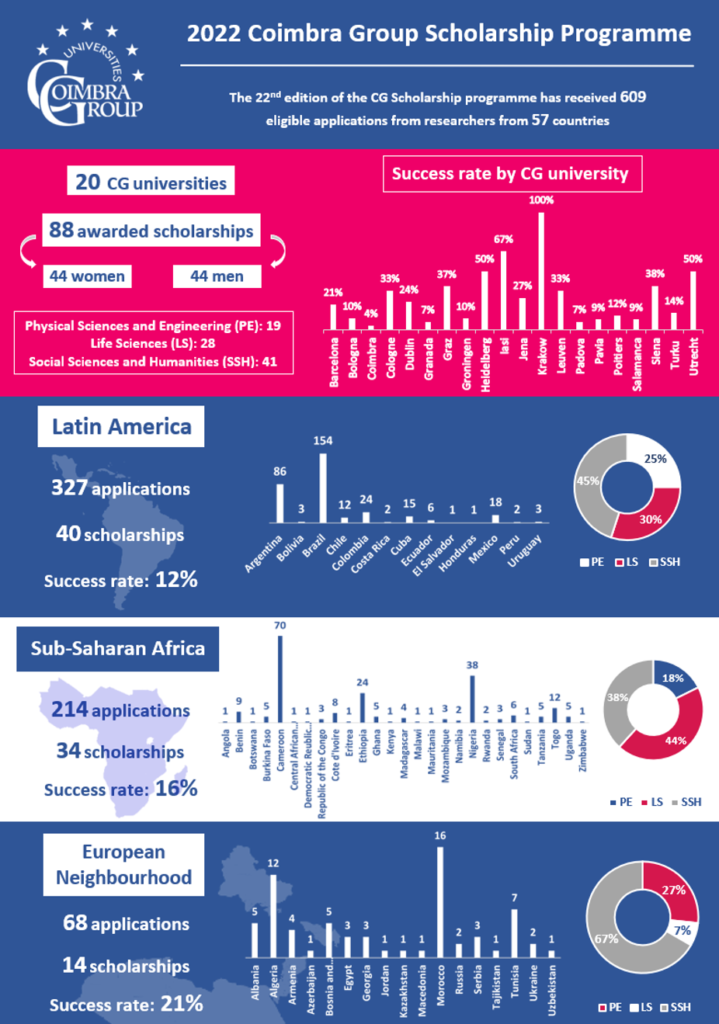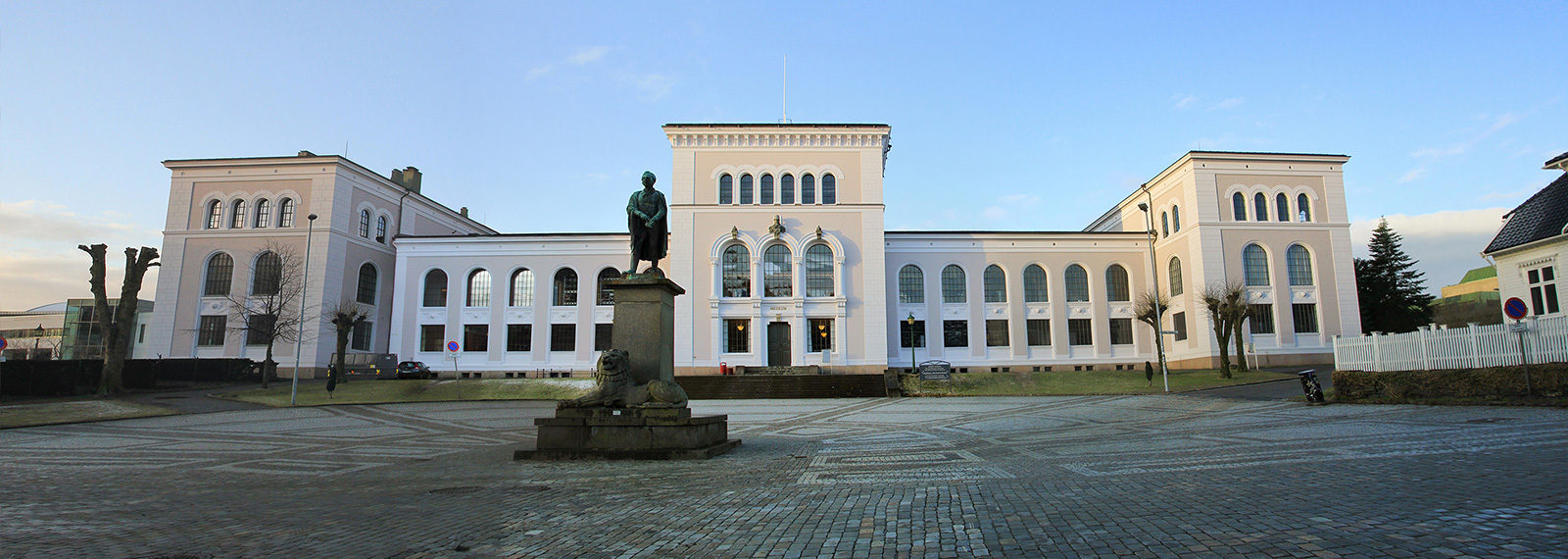2022 Coimbra Group Scholarship Programme: numbers continue to increase and reach new high
25 October 2022
A total of 710 candidates applied for the 2022 edition of the Coimbra Group Scholarship Programme, among which 609 were declared eligible. After the selection process, CG participating universities have awarded to the three different schemes a record number of 88 scholarships for the academic year 2022-2023. This new high follows three years of continuous increase in the number of grants made available to young professors and researchers from outside the European Union.
The number of CG Universities offering scholarships continues to grow steadily as well, reaching 20 institutions for the academic year 2022-2023. The Coimbra Group is very grateful to its member universities for their kind contributions and for enhancing the visibility of the association globally and more specifically in these three geographical areas. As in the past, the number of applications received remains yet much higher than the number of grants available (14% selection rate overall).
This scholarship programme has been, and remains, one of the most popular and successful Coimbra Group activities. This is reflected in the ever-growing interest for the programme, both at institution and applicant level, as well as in qualitative terms.
The benefits of the research grants for the participants are regularly evidenced by alumni testimonials of gratitude or mentions of the strong academic ties they have built up with their European hosts. Similarly, the added value brought by the scholars to the host institutions is reflected in the decision frequently made by CG participating universities to open extra scholarships at the end of the selection process, in light of the high quality of the applications submitted.
***
Since 1999 the Coimbra Group has offered young researchers from outside the EU the opportunity to carry out part of their research for a period of one to three months at a Coimbra Group University.
While this scholarship programme was initially established to assist scholars from disadvantaged areas in Central and Eastern Europe (modelled on the Oxford Colleges Hospitality Scheme for Polish Scholars), it was later expanded and consolidated into a set of three programmes for young researchers from the European Neighbourhood; young researchers from Sub-Saharan Africa; and young professors and researchers from Latin America.

If we zoom into each of the geographical areas covered by the programme:
o Latin America
The number of eligible applications from young professors and researchers in Latin America has diminished by 32%, but this follows an exceptional peak year in 2021. On the other side, the number of scholarships offered by CG universities for this region continues to grow (+14%), as well as the number of participating universities (+7%).
In 2022 the Universities of Coimbra and Granada have both received the most applications from this geographical area, in equal numbers (60).
This year’s applications came from 13 different countries in total. Almost half of candidates were Brazilians:

Reversing 2021’s trend for this geographical area, there was in 2022 a majority of women applicants (52%). Furthermore, candidates were slightly older than the past year, 43% of them being in the age range 36-40:

After selection by CG host universities:
– 45% of CG grantees from Latin America are from Social Sciences and Humanities;
– 60% of CG grantees are women.
***
o Sub-Saharan Africa
There has been a +25% increase in the number of eligible applications received from Sub-Saharan Africa. The number of scholarships offered by CG universities also increased this year (+13%), reaching a record high (34 grants).
The University of Padova was the most demanded institution, with 39 applications, followed by the Universities of Coimbra (24) and Granada (24).
This year’s candidates came from 27 different countries in total:

The profile of candidates follows past years’ trends:
– mostly men (72%);
– from the age group 36-40 (35%);
– predominantly with a field of study belonging to STEM;
– one third of them being Cameroonians, followed by Nigerians and Ethiopians.

After selection by CG host universities:
– 44% of CG grantees do research in fields related to Life Sciences, followed by Social Sciences and Humanities (38%);
– 65% of CG grantees from Sub-Saharan Africa are men.
***
o European Neighbourhood
Eligible applications from the European Neighbourhood decreased by 25% compared to 2021, yet the number of scholarships offered by CG universities remained almost stable (14).
The university that received most applications from this geographical area was the University of Padova (24), followed by the University of Granada (20).
This year’s applications came from 17 different countries in total. Maghreb countries, led by Morocco and Algeria, were the top countries of origin of the 68 eligible candidates:

Women were predominant (59%) among eligible applicants, who were mostly from the age group 31-35 (54%):

After selection by CG host universities:
– 57% of CG grantees from European Neighbourhood countries are women;
-71% of grantees are doing research in fields related to Social Sciences and Humanities.


